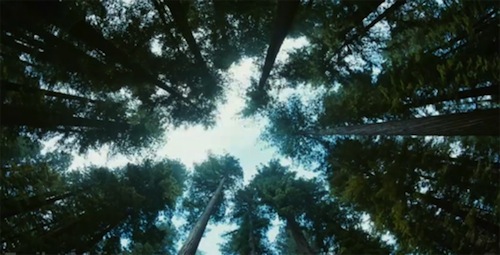Poetry in Motion (Pictures), Part I
My brother used to refuse to go to any movie whose review used the words "panoramic," "poignant," or (worst of all) "poetic." Each, he thought, was code for boring. I have to say: I think he was right. What such language often implies is a kind of studied poeticism—as if the director is announcing his or her intention to try to be poetic.
Consider the clunky and oddly unaffecting opening shots of Gladiator. There, director Ridley Scott strains to create "poetic images" as if he is following an introductory writing text. "Use the 5 senses," it tells him—and so we get a sun-kissed field of wheat, the back of a hand brushing against the tallest stalks, barking dogs, their breath hanging like clouds in the air, etc. "Get on with the fighting," my son and I shouted at the screen. We had just begun Fight Fest (Gladiator, The Warrior, The Fighter, The Wrestler, Fight Club) and we had a lot of ground to cover.
Yet, for all the limitations of film as a medium through which to convey poetry—namely, the difficulty of creating the interior world of an individual consciousness (picture it: Prufrock: The Movie!), poetry has remained a popular choice of subject matter for the movies: Howl, Stevie (Smith), Il Postino, Bright Star, and Dead Poets Society are among the many films "about" poetry and poets. Ironically, these movies are almost completely devoid of poetry. Count, for example, the number of lines by Whitman relative to the number of close-ups of Robin Williams' twinkling eyes in Dead Poets Society.

Instead, I think films can capture the magic of poetry in more oblique ways—the swirling plastic bag at the end of American Beauty; the stunning, star-lit dome of the night sky in True Grit; the dozens of fascinating shots in Terrence Malick's Tree of Life, a movie that serves as a giant narrative mess, but which contains more original images than all the other movies I saw last year combined. In movies and in poetry I look for fresh imagery above all else—images that move us, taking us someplace we've never been before, even if that place exists inside ourselves.
John S. O'Connor's poems have appeared in places such as Poetry East and RHINO. He has written two books...
Read Full Biography

